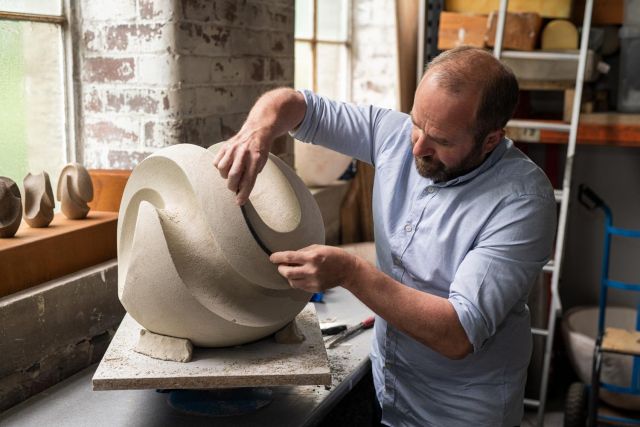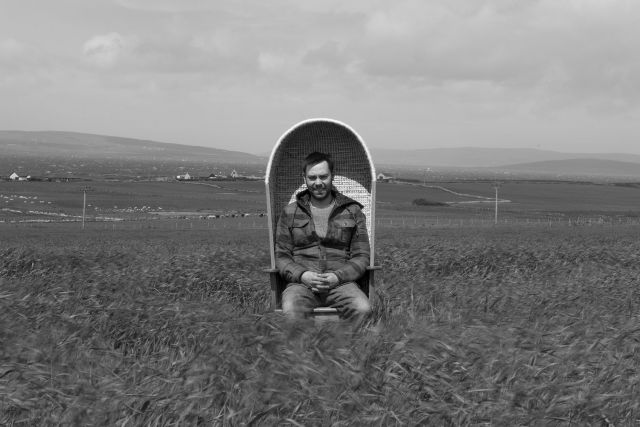Haloes was created to be hung on a wall like a painting. The historic ceramic decorating technique of stencilling has been used to create a square, with circular shapes in clay, including tints of blue, orange and yellow/green.
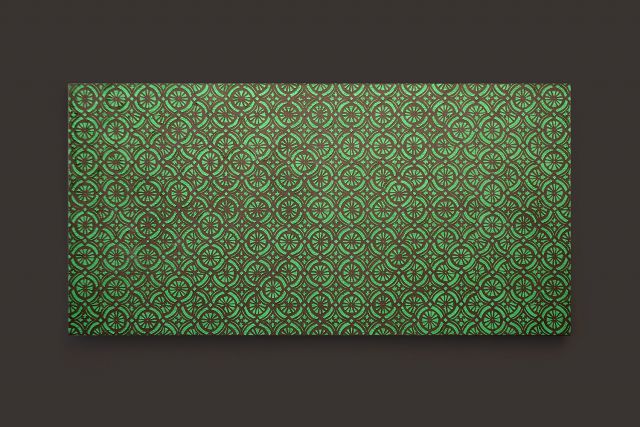
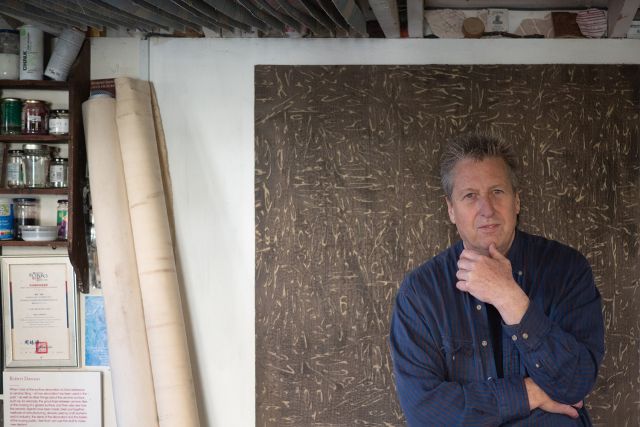
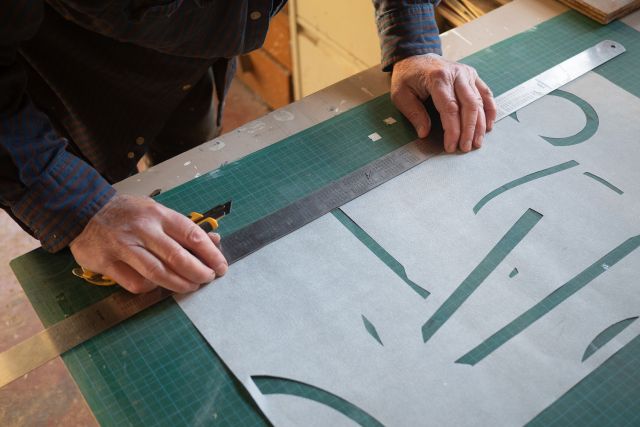
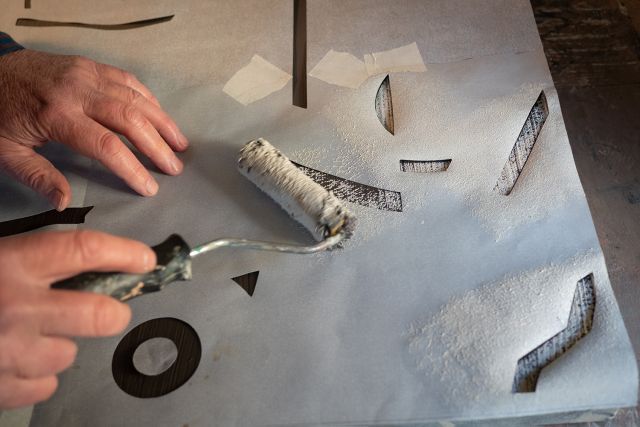
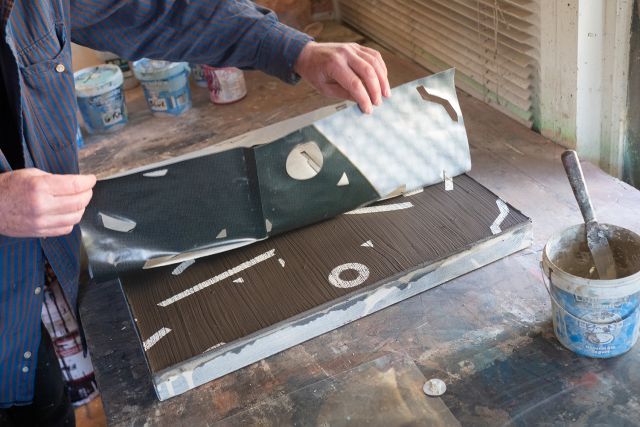
Robert Dawson
- Aesthetic Sabotage
- Ceramicist
- London, United Kingdom
- Master Artisan
By appointment only
+44 7756404660
Revisiting historic motifs
- • Robert’s ceramic designs are a reaction to historical art and craft
- • His creations explore and challenge pattern
- • He is inspired by the precariousness of our existence
Much of Robert Dawson’s production is informed by ceramic processes and the history of ceramic ornamentation, as well as by modernist painting. Robert reacts to historic decorative art motifs by re-working them, and then re-presenting them in ways for which they were not initially intended. For instance, he might make an existing chinoiserie design blur into a minimalist mist, forcing the viewer to make an assumption about the missing elements. “The ideas underlying my work are very simple,” he says. “I hope to make something that looks good, but for this to happen some kind of gentle violation of expectation is required.” With new perspectives and through visual games, Robert likes to introduce a feeling of uncertainty, reflecting upon the ambiguities with which we live.
Read the full interviewWorks
Photo: © Robert Dawson

Photo: © Robert Dawson
Dazzle is a square object to be hung on a wall like a painting. The historic ceramic decorating technique of stencilling has been used to create a square, and a rendition of dazzle camouflage in clay, including tints of blue and pink.

Photo: © Robert Dawson
Handiwork is a square object to be hung on a wall like a painting. The historic ceramic decorating technique of stencilling has been used to create a square with enlarged reproductions of finger traces in white on dark clay through a clay slip.

Photo: © Robert Dawson
After Augustus is a rectangular object to be hung on a wall like a painting. The historic ceramic decorating technique of stencilling has been used to create a fused clay motif of a tile design by the Victorian gothic revivalist, Augustus Pugin.

Photo: © Robert Dawson
Uncertainty is a limited edition English fine bone china dinner plate on which the classic Wedgwood blue and white Willow pattern, an early 19th-century chinoiserie pattern, has been made to blur into a minimalist mist.





